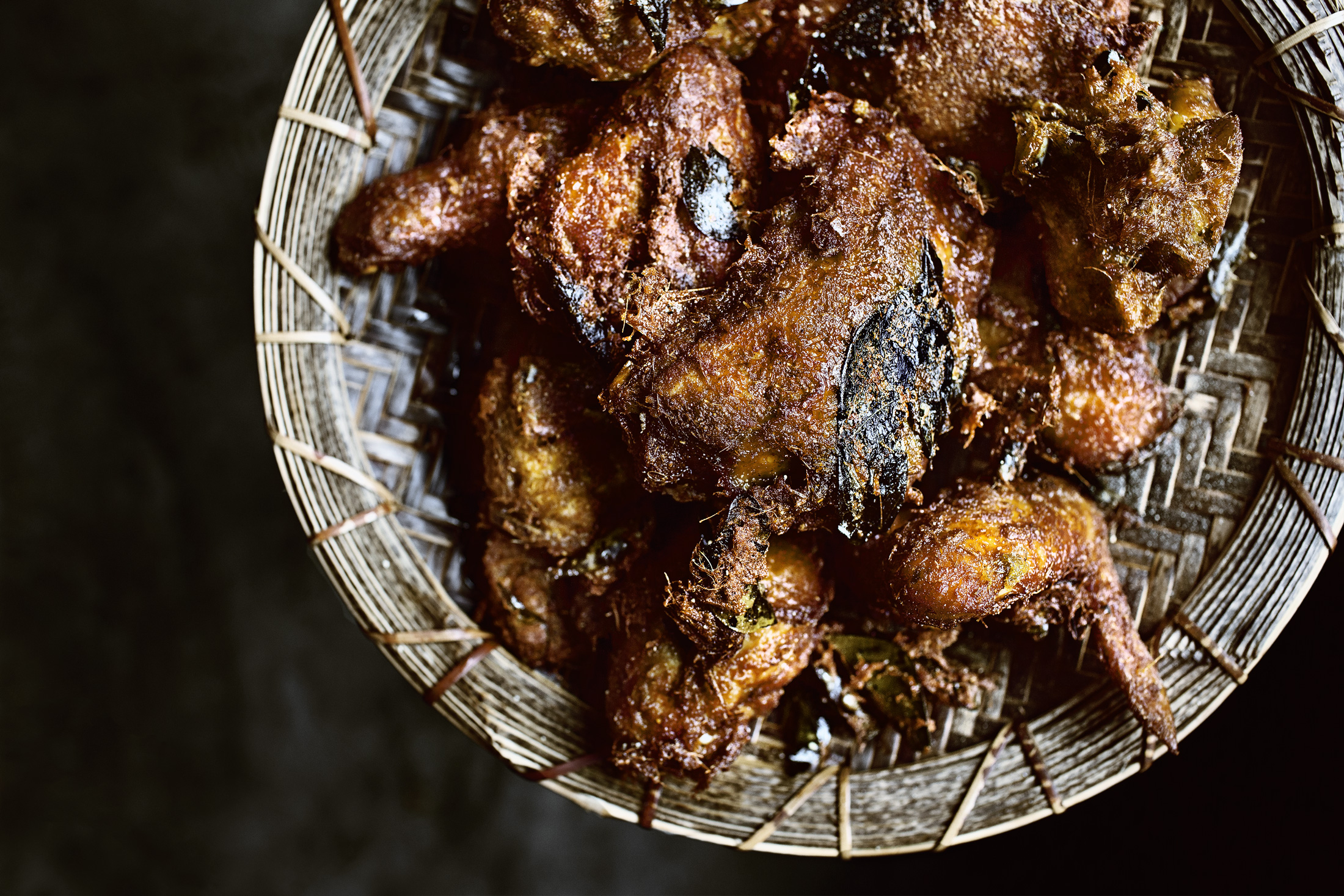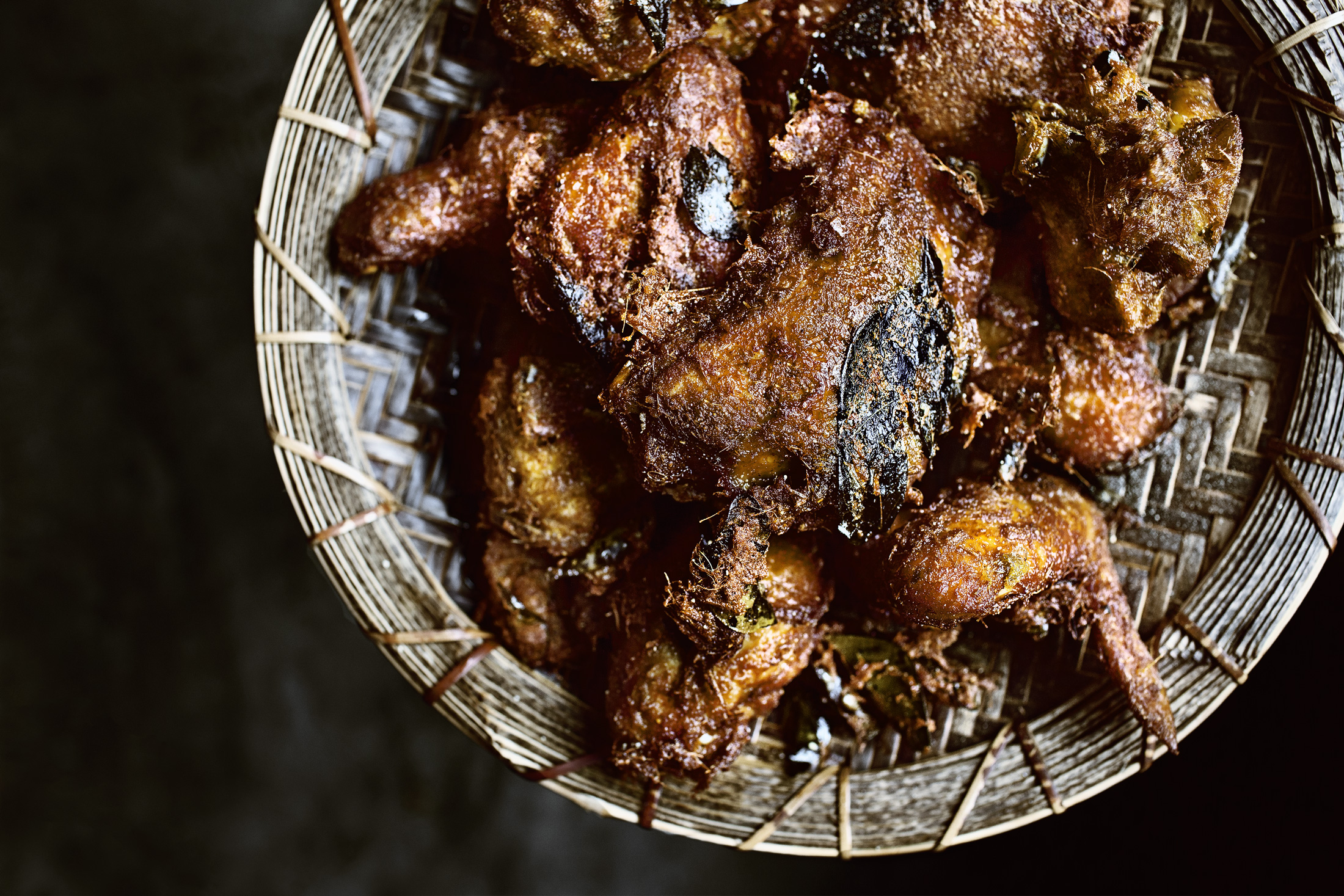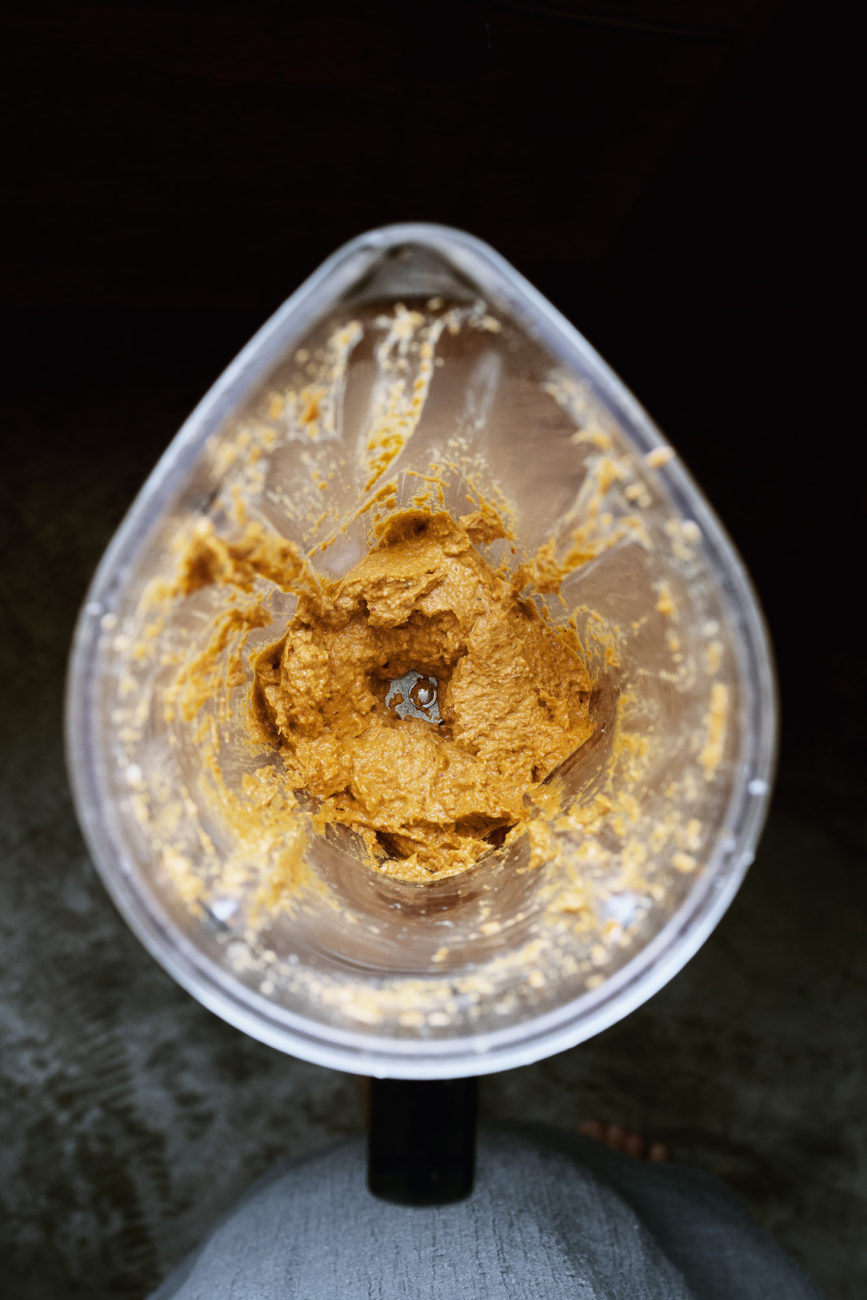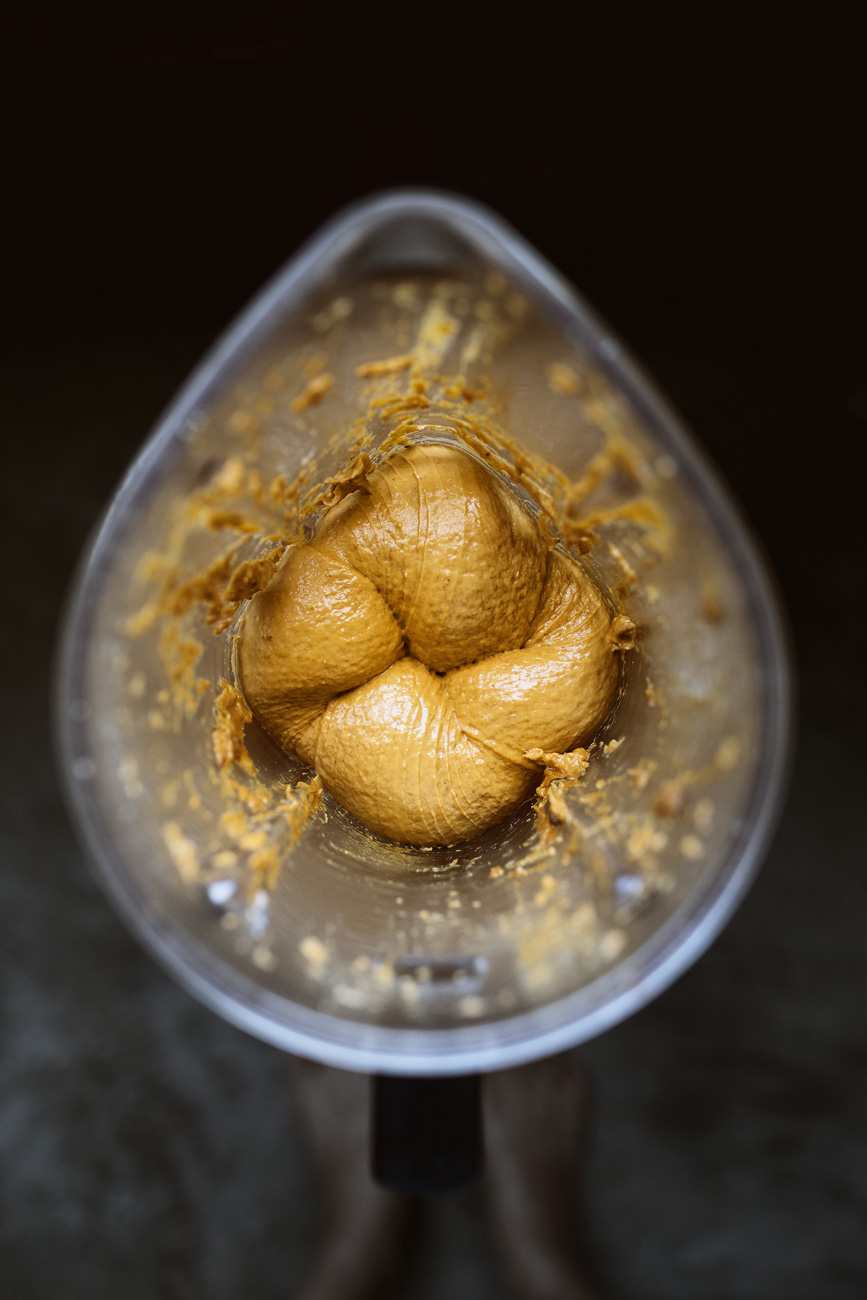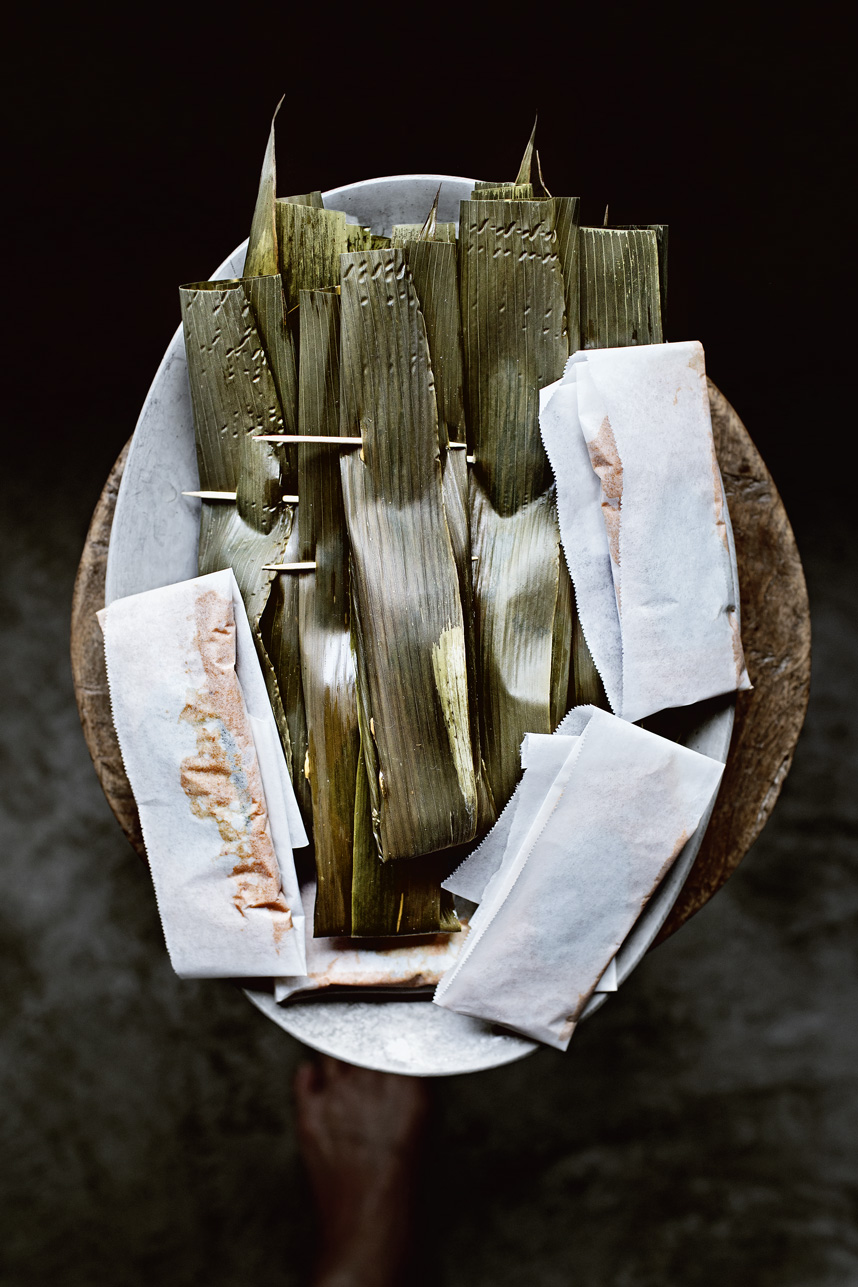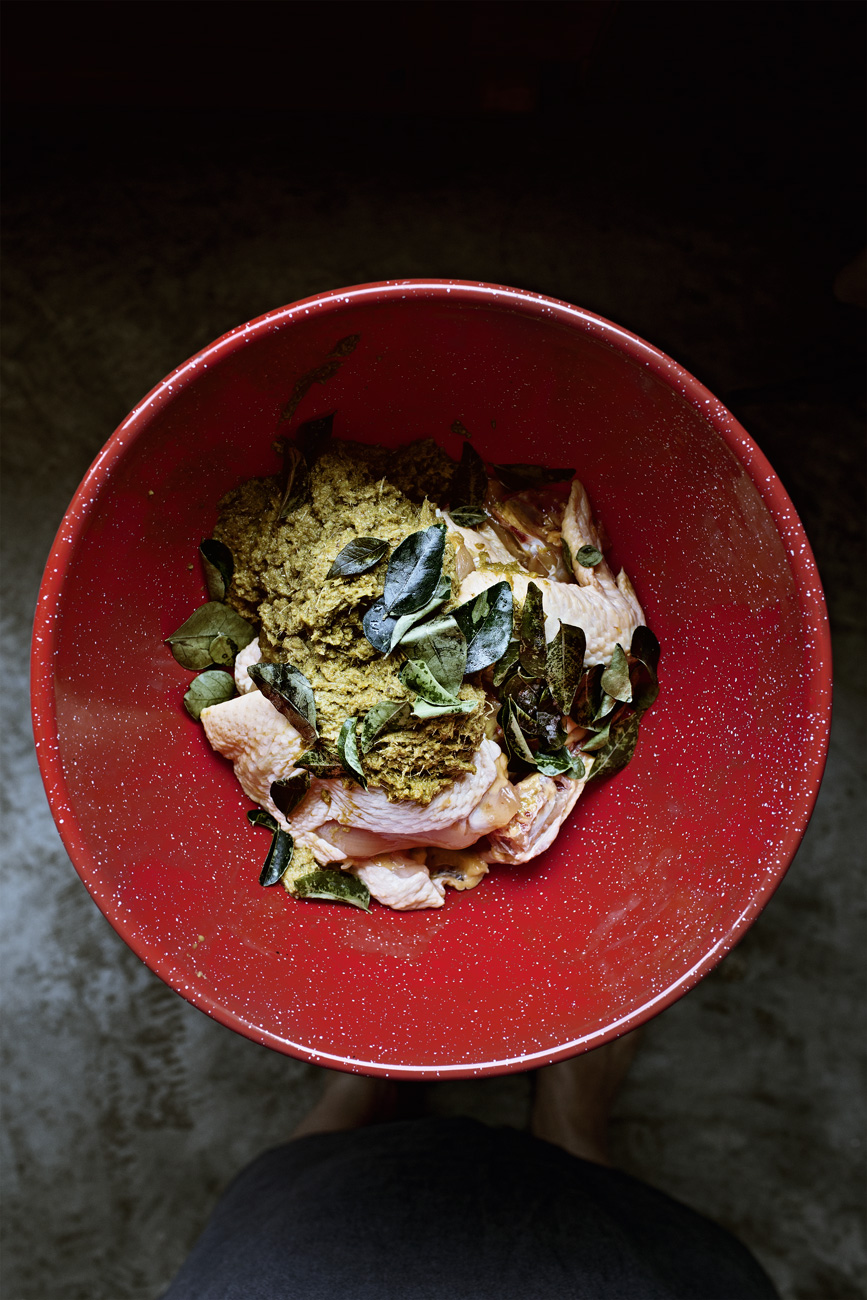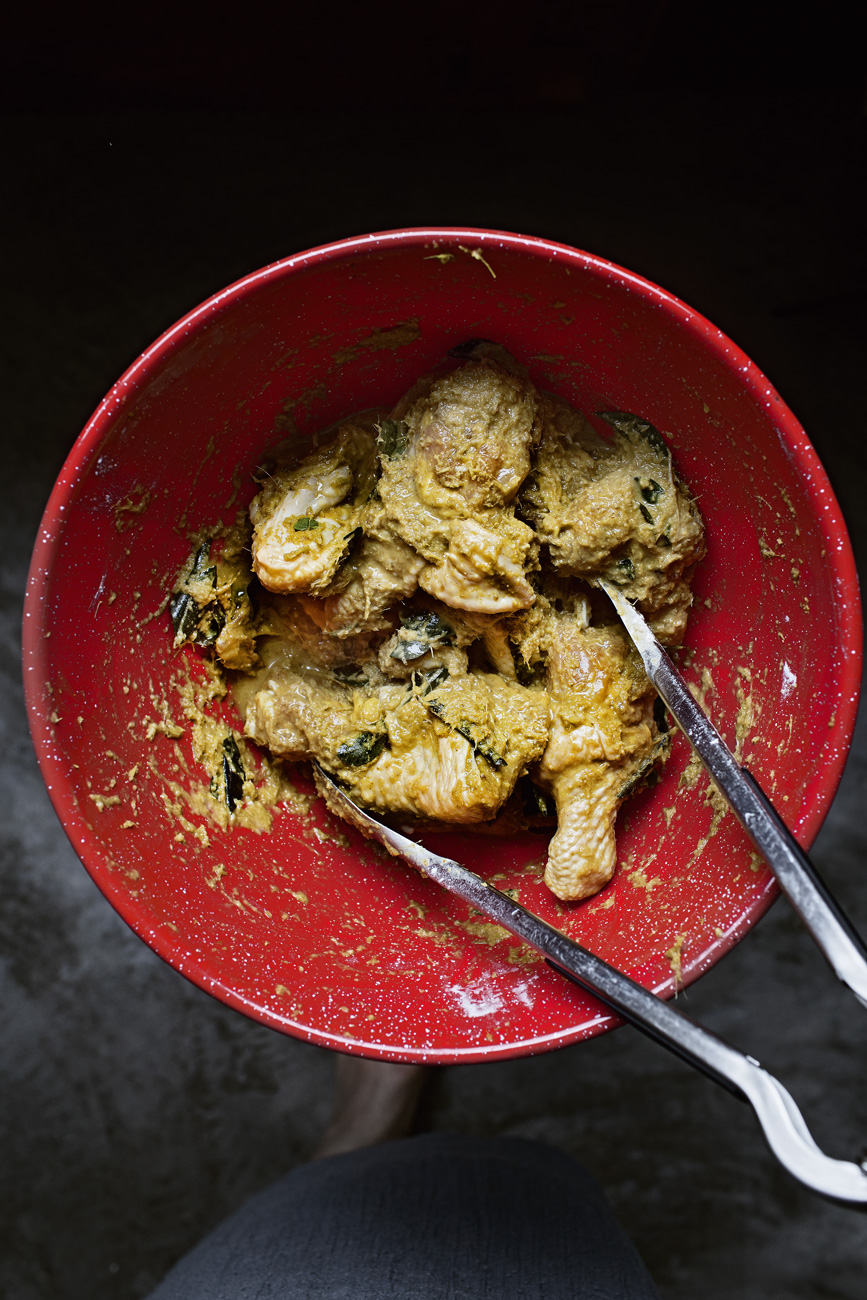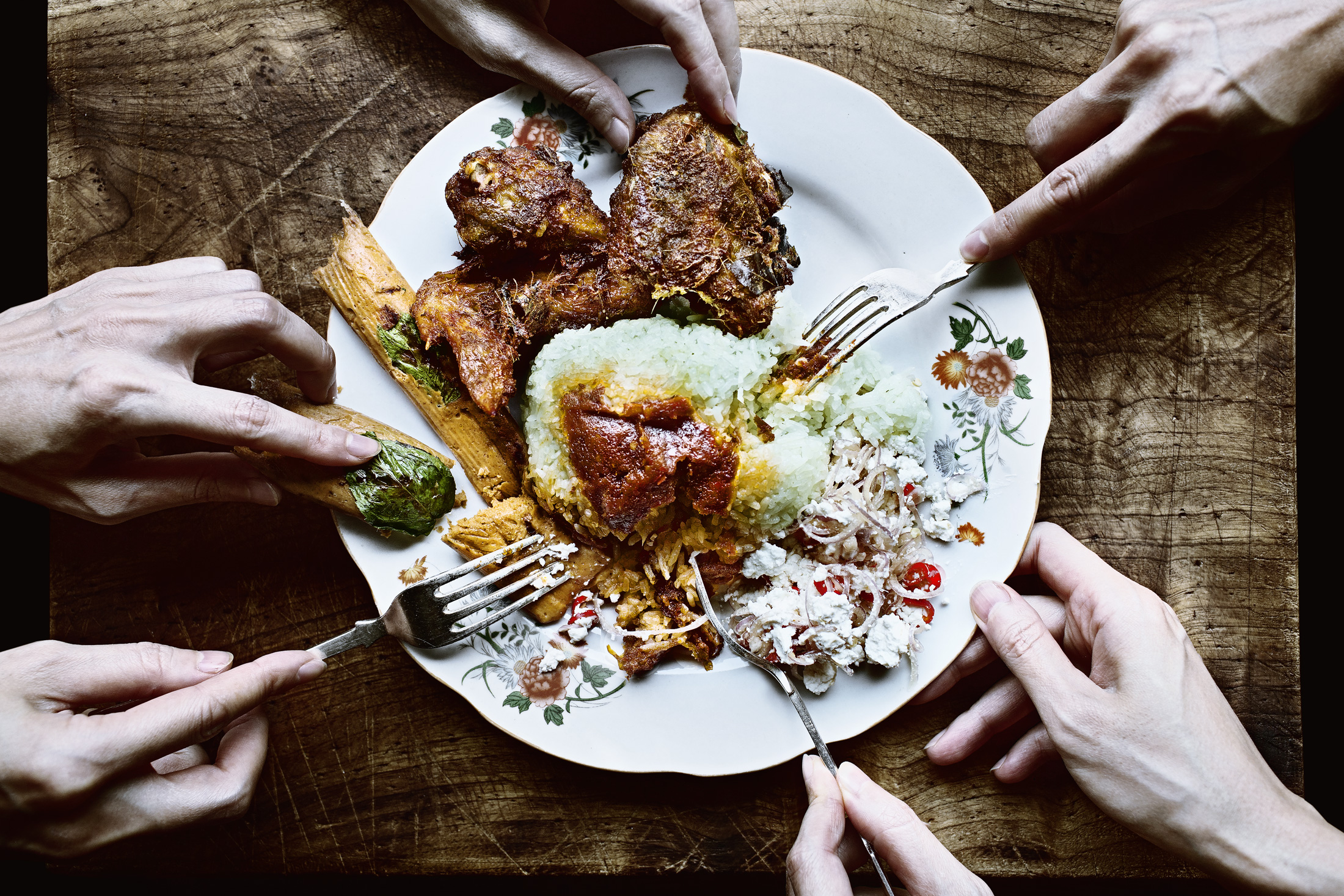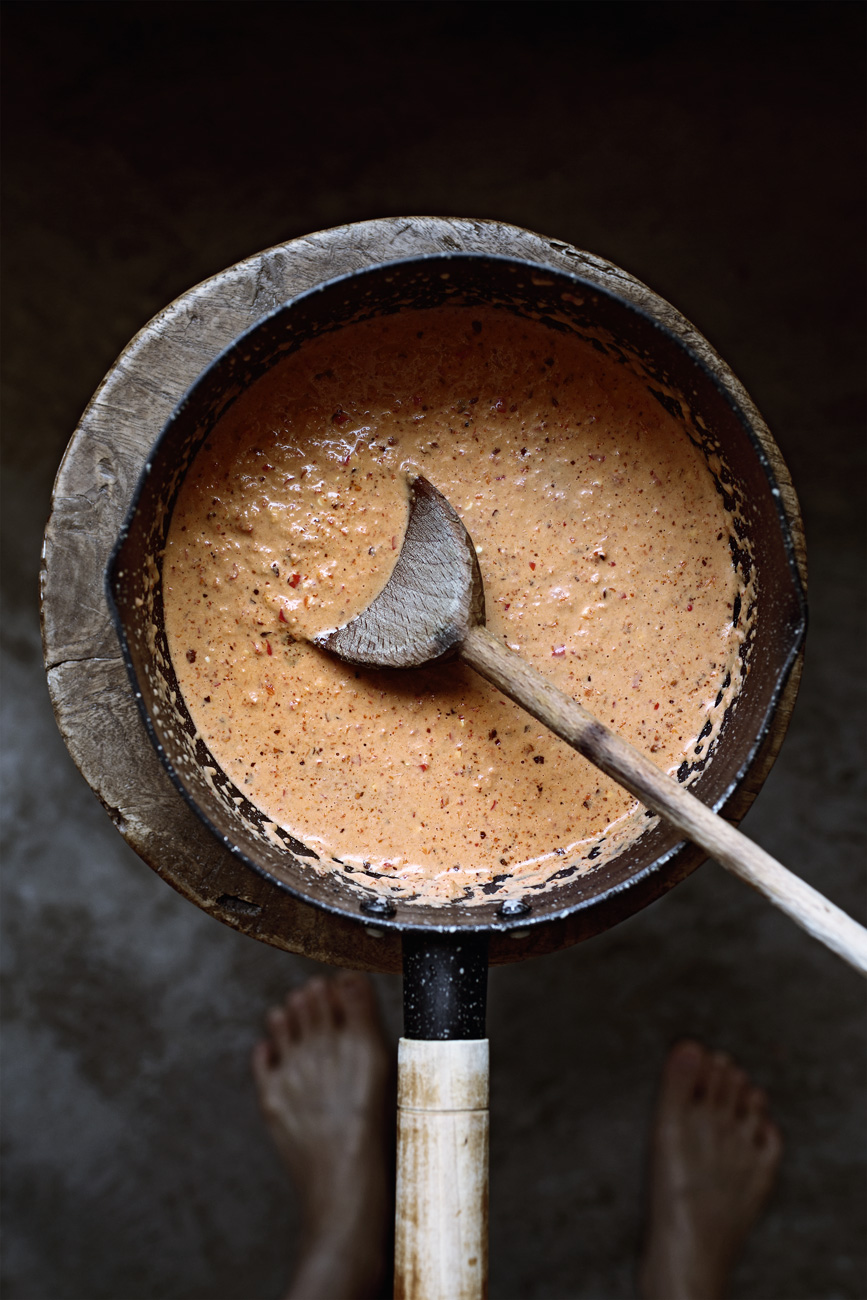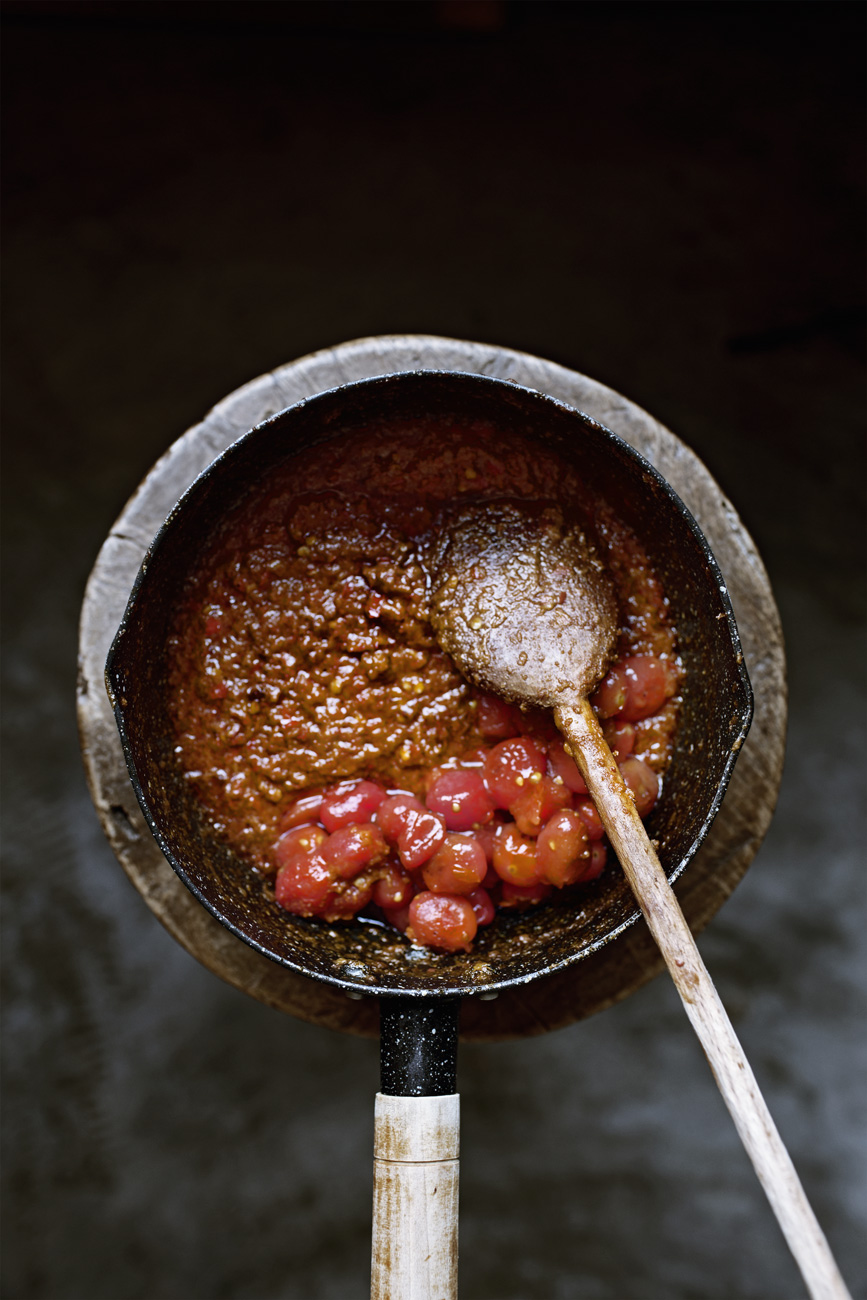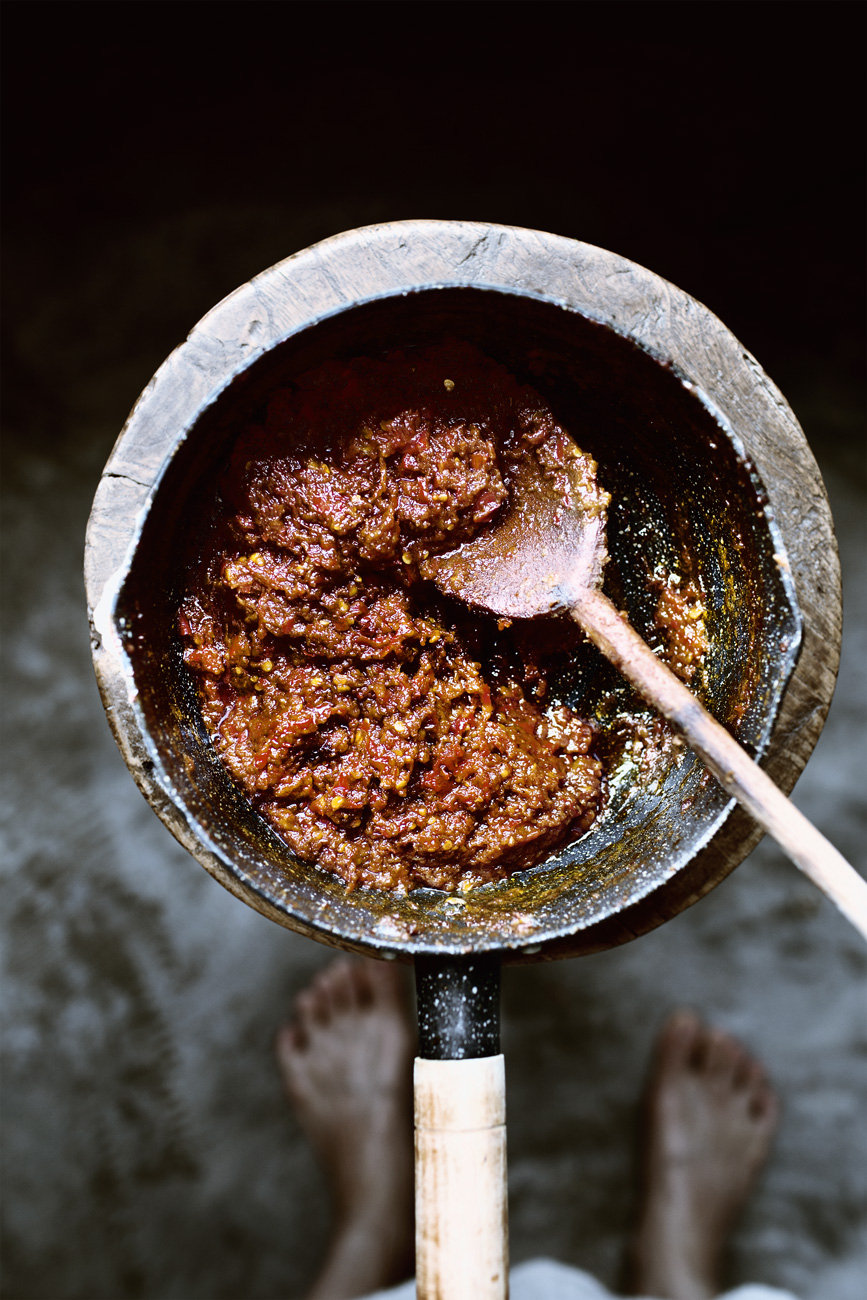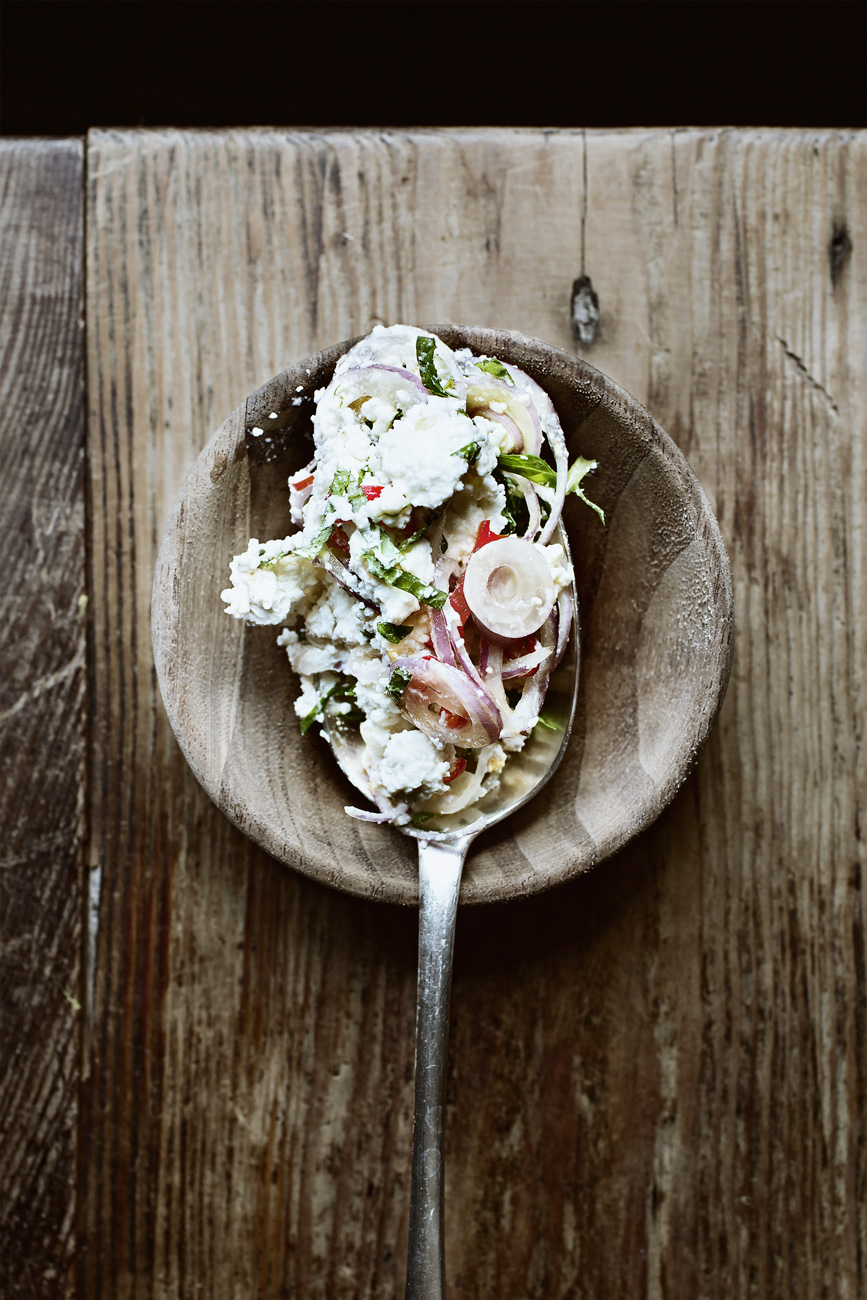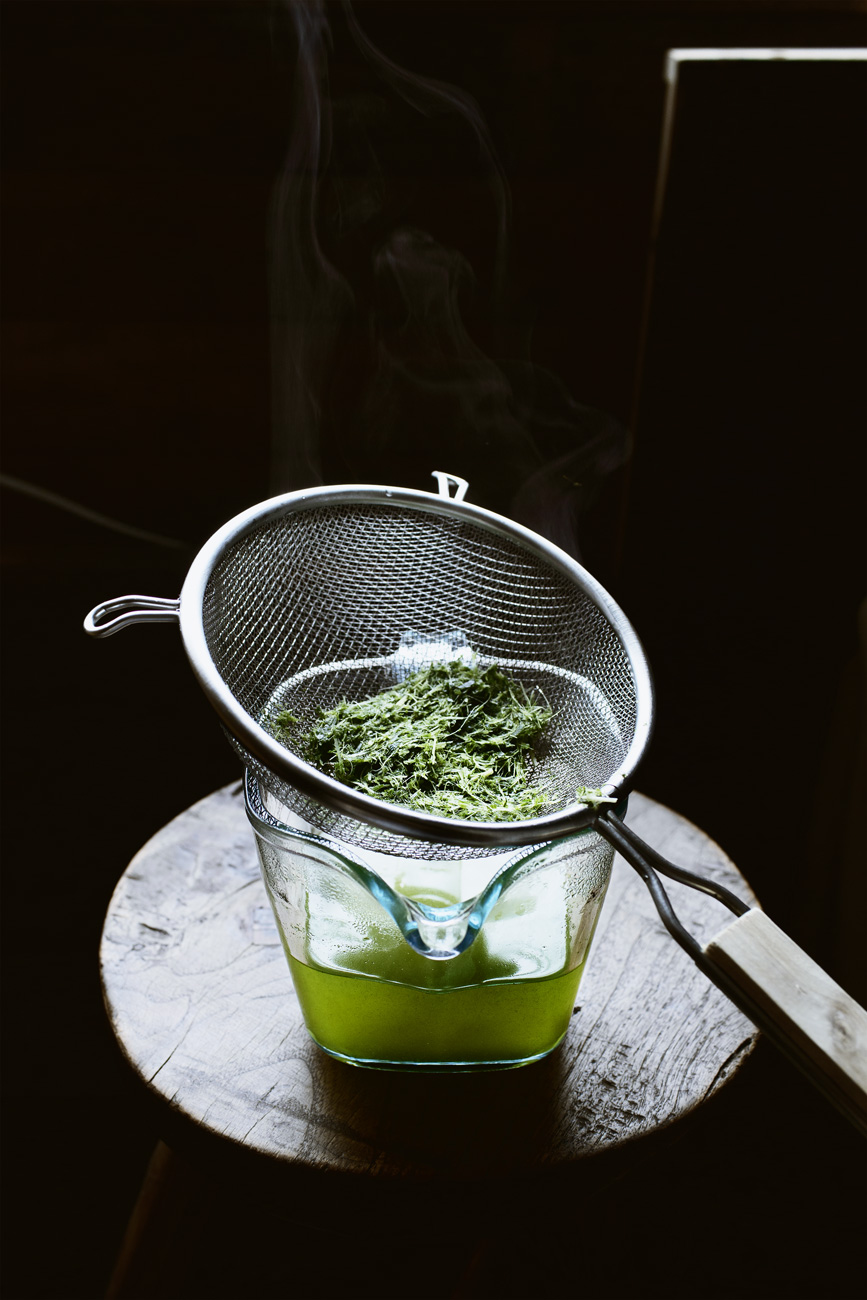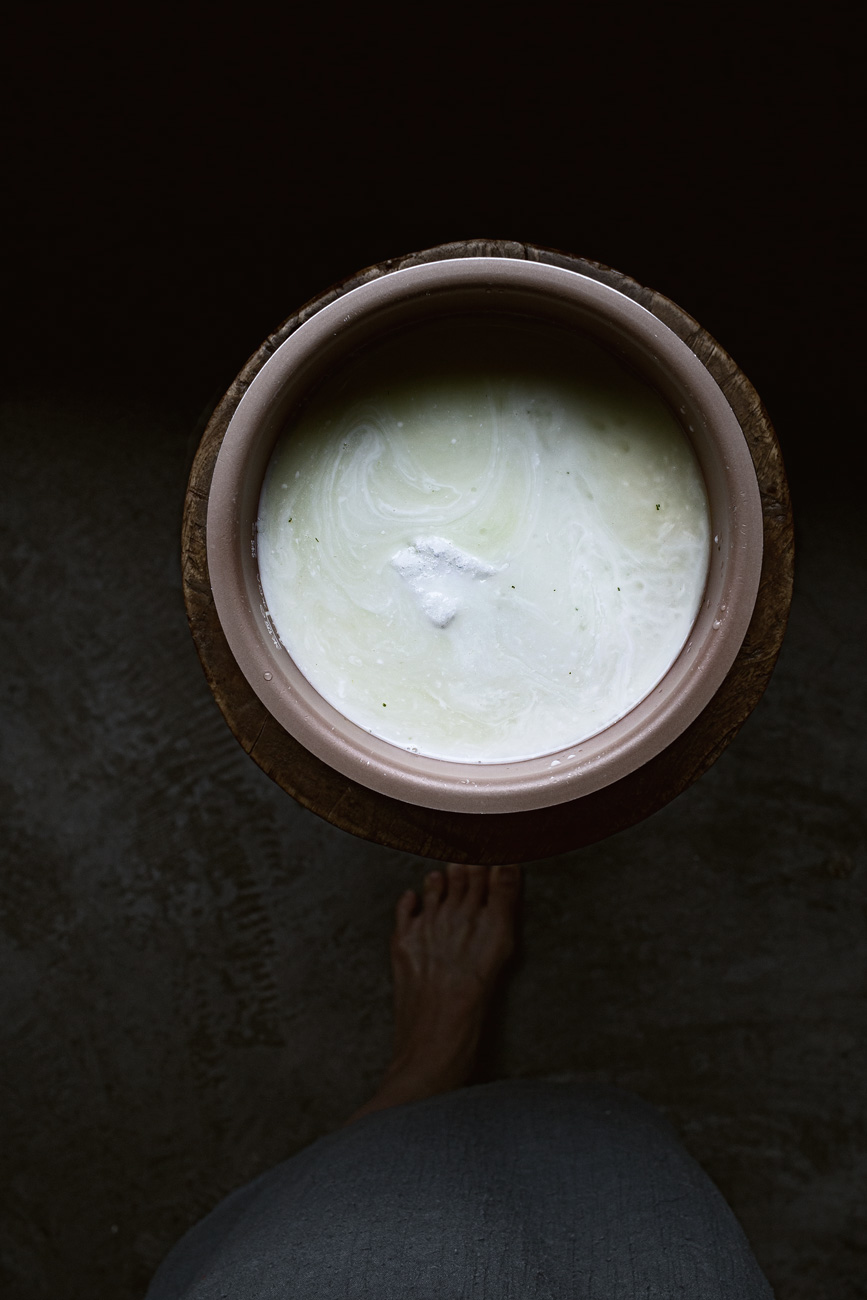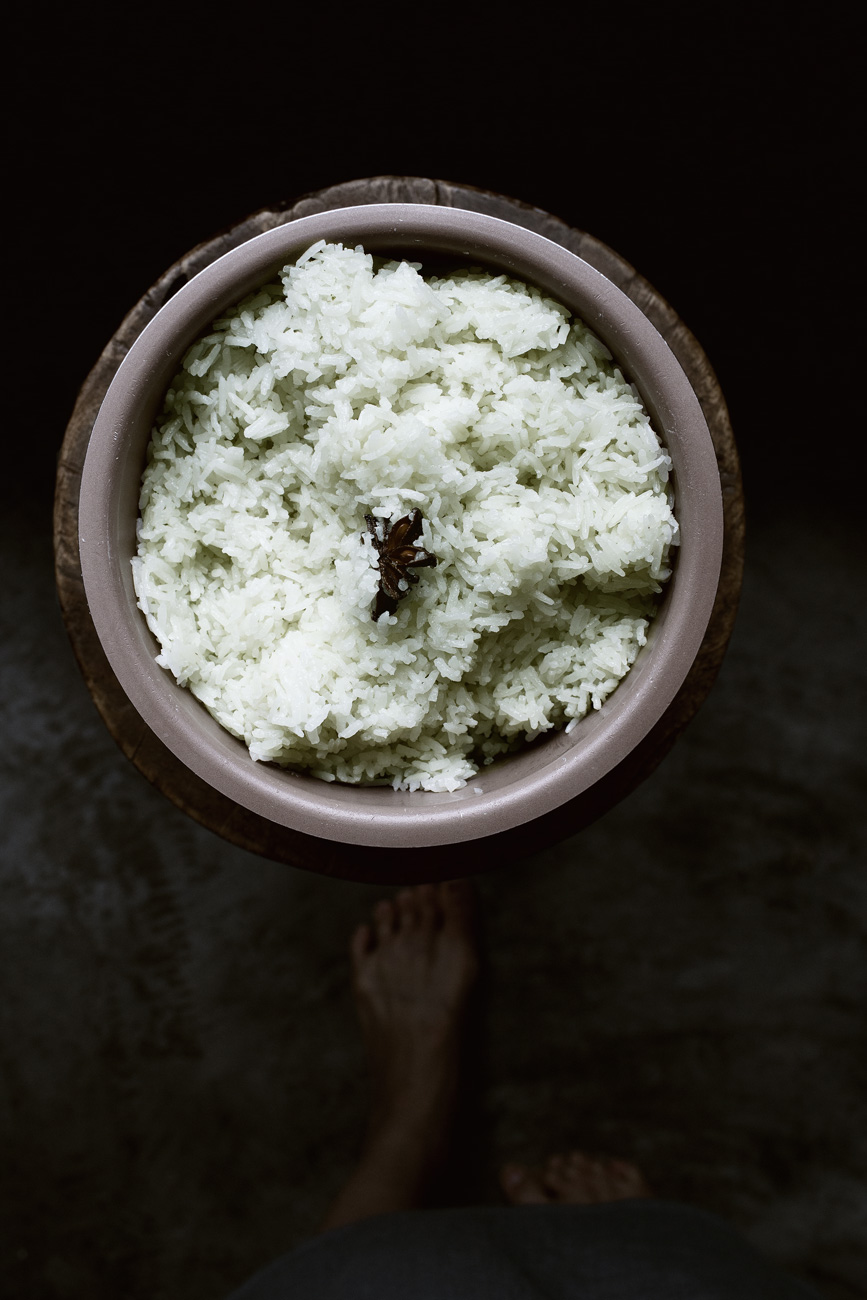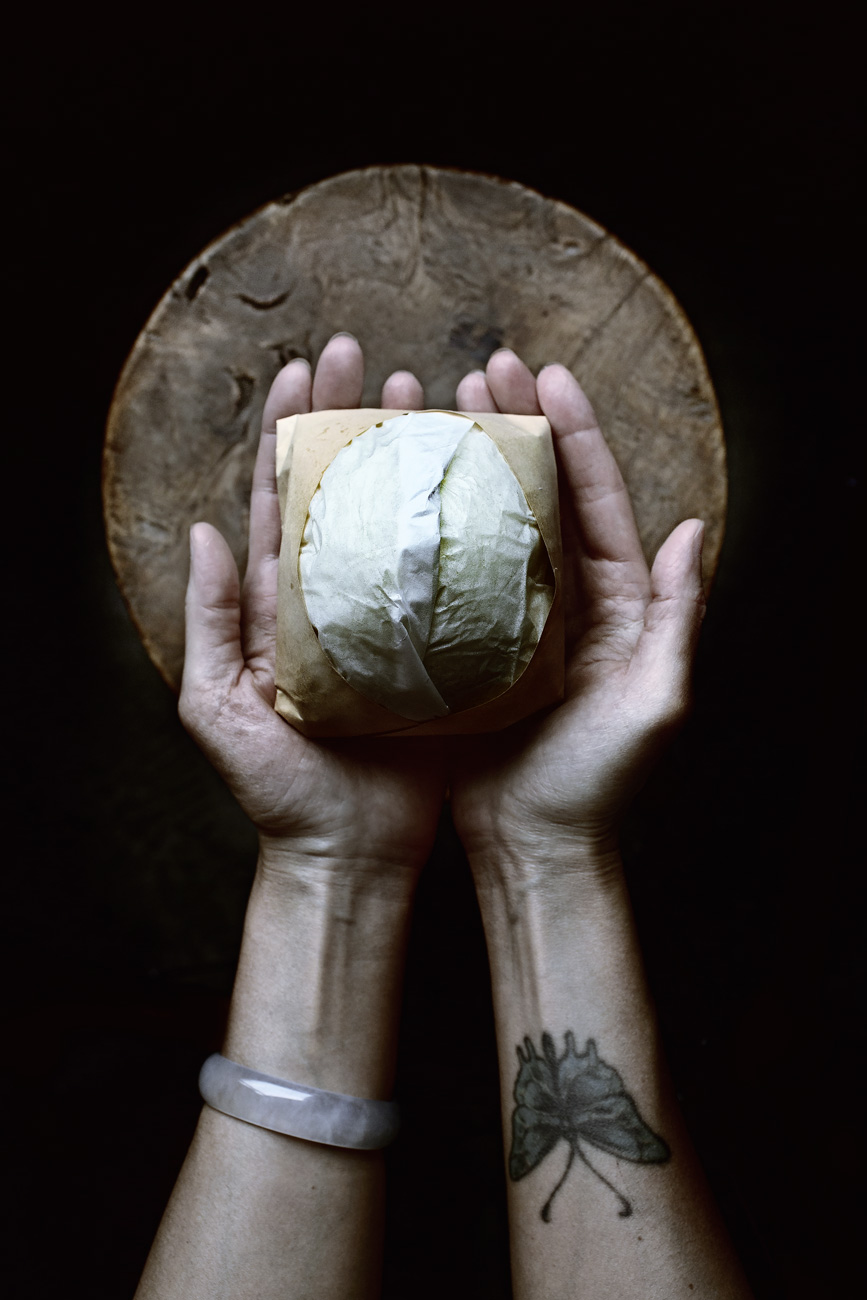Singapore hawker marathon: Coconut rice part two, lemongrass fried chicken and fragrant salmon cake
THE CRUST IS THE HERBS, THE HERBS ARE THE CRUST, ONE AND INSEPARABLE, CRUNCHING TOWARDS A COMMON, GLORIOUS PURPOSE
WHAT: The overkill toppings for my nasi lemak, none other than the jacked up lemongrass fried chickens, and a salmon shrimp mousse fused with herb pastes and grilled inside aromatic leaves.
WHY: Nasi lemak wants toppings.
HOW: I was once floored by a fried chicken I came across in Kuala Lumpur during the Ramadan, and it took me several years and at least six attempts to get it as close to what I remembered as possible. Instead of heavy flour-based breadings, these chickens are suited in a delicate, crispy, nest-like formation of blazing lemongrass, ginger and spices. The crust is the herbs, and the herbs are the crust, one and inseparable, crunching towards a common, glorious purpose. And that is to be the best damn fried chicken you’ll ever taste. A few of my past mistakes that you should take note from, is that the chicken needs to be marinated inside the herb-puree for at least six hours in order to reach its true calling. Then instead of a breading, a minimal amount of potato starch or cornstarch is added at the end to form a very loose, very watery “batter”, which acts more as threading than breading, pulling all these dispersed pomace of aromatics into a thin weaving of crispy crust.
Then let’s talk about this thing called otah. Truth is I’ve only had it once at the airport of Singapore, hardly a credential that qualifies me to speak on its behalf. But that single encounter was more than enough persuasion to make me believe that my life is no longer complete without it. It is essentially a fish mousse, made predominantly of mackerels, that is heavily seasoned with a condensation of southeast Asian herbs, nut butter (most likely candlenuts, but you could use cashew, walnuts or macadamia nuts) and coconut milk. The mousse itself is relatively easy to make. And I made concessions where I can bear, replacing the act of deboning and skinning mackerels with easily accessible skinless salmon fillets and shrimps. But the laborious part, like a Mexican tamale, is stuffing it individually inside aromatic leaves which gives the fish cake a significant boost of aroma once it’s grilled. I’d love to tell you that you can simply cook the mousse inside one big ramekin and call it a home kitchen-friendly rendition, but that would be a sore mistake as you miss out on a simple, best-kept secret. That nowadays, just because an ingredient is unfamiliar, doesn’t mean it’s hard to come by. Aromatic leaves such as banana leaves can be easily purchased online. And once you’ve worked with it, overcoming the fear of the unknown, you’d be wondering where it has been all your life.

